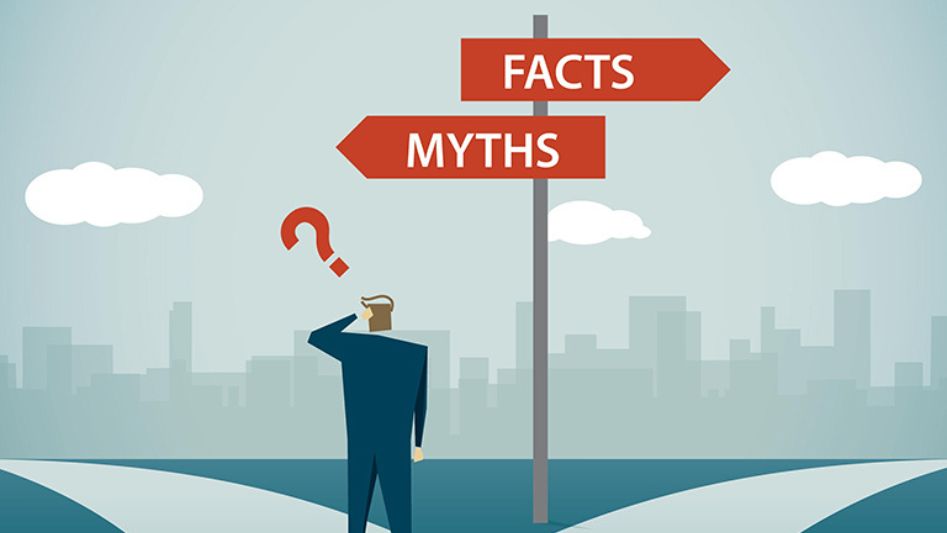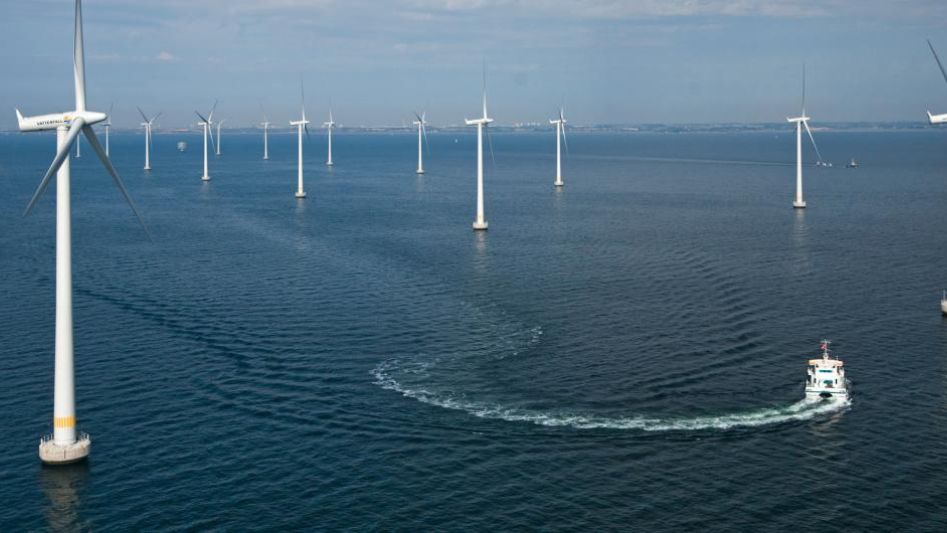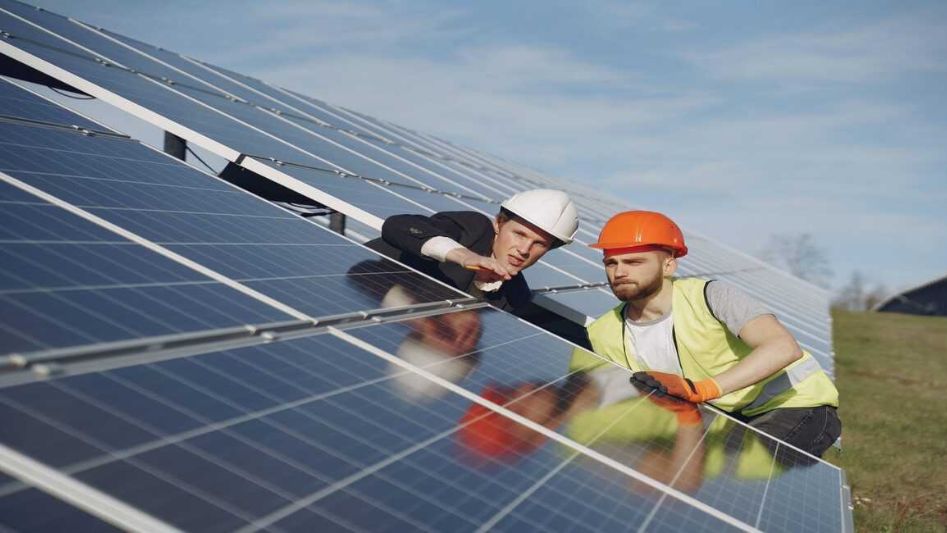In an era marked by growing concerns about climate change and environmental sustainability, green energy has become a central topic of discussion. As the world seeks cleaner and more sustainable alternatives to fossil fuels, numerous myths and misconceptions have arisen about green energy sources and their viability. In this article, we aim to separate truth from fiction by addressing some common green energy myths and presenting the facts.
Table of Contents

Myth 1: Green Energy Is Inefficient
Fact: Green Energy Sources Are Becoming Increasingly Efficient
One of the most persistent myths about green energy is that it’s inherently inefficient. In reality, technological advancements have significantly improved the efficiency of renewable energy sources like solar and wind power. Solar panels now have higher conversion rates, and wind turbines are more effective at harnessing wind energy. Additionally, ongoing research and development continue to boost efficiency, making green energy sources competitive with fossil fuels.
Myth 2: Green Energy Is Too Expensive
Fact: Costs of Green Energy Have Been Declining
Another common misconception is that green energy is prohibitively expensive. While the initial setup costs for renewable energy infrastructure can be substantial, the long-term operating costs are often lower than those of fossil fuels. In recent years, the cost of solar panels, wind turbines, and battery storage has significantly decreased. Moreover, government incentives and subsidies are making green energy more accessible and affordable for individuals and businesses alike.
Myth 3: Green Energy Can’t Meet Our Energy Needs
Fact: Green Energy Has the Potential to Meet Global Energy Demands
Some skeptics argue that green energy sources can’t produce enough energy to meet the world’s growing demand. However, numerous studies and experts suggest otherwise. Solar, wind, hydroelectric, and other renewable sources have the potential to provide more energy than the world currently consumes. The key lies in improving infrastructure and energy storage technologies while fostering a transition to cleaner energy sources.
Myth 4: Green Energy Is Unreliable
Fact: Reliability of Green Energy Is Increasing with Advancements
Critics often point out the intermittent nature of renewable energy sources, claiming they are unreliable. While it’s true that the sun doesn’t always shine, and the wind doesn’t always blow, advancements in energy storage and grid management are addressing these issues. Battery technology, for instance, is improving energy storage, allowing excess energy to be stored and used when needed. Smart grid systems are also enhancing the stability and reliability of green energy sources.

Myth 5: Green Energy Is Harmful to the Environment
Fact: Green Energy Is Environmentally Friendly Compared to Fossil Fuels
Some argue that manufacturing and installing renewable energy infrastructure have negative environmental impacts. However, when compared to the pollution, habitat destruction, and greenhouse gas emissions associated with fossil fuel extraction and use, green energy remains a far cleaner and environmentally friendly option. Over its lifecycle, green energy sources contribute significantly less to air and water pollution and have a smaller carbon footprint.
Myth 6: Green Energy Is Not Economically Viable
Fact: Green Energy Is a Growing Industry with Economic Benefits
A common misconception is that transitioning to green energy will harm the economy. In contrast, the renewable energy sector is a rapidly growing industry that has created numerous jobs and economic opportunities. Investments in green energy not only reduce greenhouse gas emissions but also stimulate economic growth and innovation.
Myth 7: Green Energy Is a Fad
Fact: Green Energy Is the Future
Some skeptics dismiss green energy as a passing trend. However, the global shift towards sustainable energy sources is an essential response to the pressing challenges of climate change and resource depletion. Governments, businesses, and individuals worldwide are recognizing the importance of reducing their carbon footprint and investing in green energy solutions.

Conclusion
As we separate truth from fiction, it becomes clear that green energy is not only a viable alternative to fossil fuels but also a critical solution to combat climate change and ensure a sustainable future. The myths surrounding green energy often stem from outdated information or misconceptions. With ongoing advancements in technology and increasing global awareness, the transition to green energy sources is not only feasible but also necessary to protect our planet for future generations.
FAQs
Is green energy reliable, given its intermittent nature?
Yes, advancements in energy storage and grid management are enhancing the reliability of green energy sources.
Is green energy really better for the environment?
es, compared to fossil fuels, green energy is much more environmentally friendly, with fewer pollutants and a smaller carbon footprint.
Does transitioning to green energy harm the economy?
No, the renewable energy sector is a growing industry that stimulates economic growth and job creation.
Is green energy just a passing trend?
No, green energy is the future, driven by global efforts to combat climate change and promote sustainability.
You May Also Like
- THE ECONOMICS OF GREEN ENERGY: COST AND BENEFIT ANALYSIS
- THE ROLE OF TECHNOLOGY IN ADVANCING GREEN ENERGY
- ECO-INNOVATIONS: THE NEXT BIG THING IN GREEN ENERGY
- GREEN ENERGY TRENDS TO WATCH: LEADING THE CHARGE TO SUSTAINABILITY
- THE ECONOMICS OF GREEN ENERGY: INVESTING IN A SUSTAINABLE FUTURE
